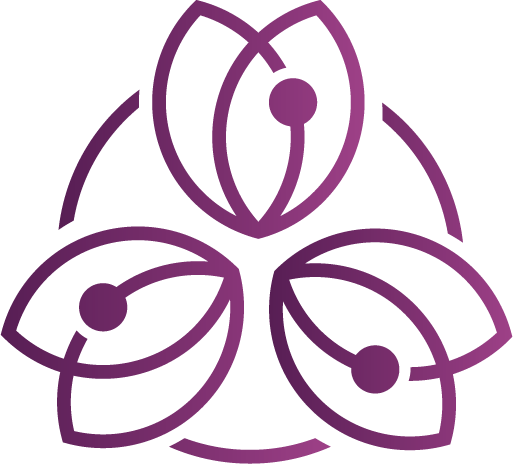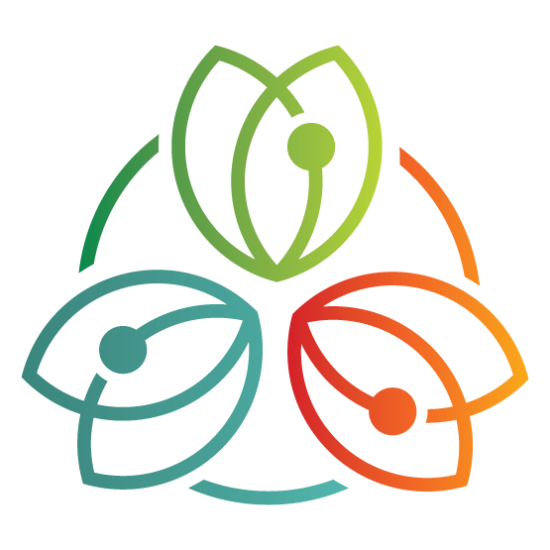Tibetan Medicine - Basic Principles
I first encountered Tibetan Medicine (TTM) in 2003 when I was a medical student in Poland. What a joyful encounter it was! At that time, I’d been experimenting with meditation for several years, but somehow could not connect it with my studies of medicine. And wow, a system does exist that combined both physical and mental health in a holistic approach! While learning Tibetan, I found that many Tibetan words can have multiple meanings. Sowa can mean to heal, but also to support and nourish, and Rigpa – a science, but also awareness. Therefore, the two meanings of Sowa Rigpa, the name for Tibetan Medicine, reflects this connection - the “Science of Healing” and “Nourishing of Awareness.”
Basic Principles
A year later, I started the 4-year study program in TTM with Dr. Nida Chenagtsang in Italy in tandem with my Western medicine study. The first things I learned there were:
- Everything is interconnected.
- We are a complex being with mental, physical, and energetic aspects. Energy is like a bridge connecting the mind and body and is a manifestation of 5 Elements( Space, Wind, Fire, Water, Earth).
- Being in balance maintains Health while imbalances create disease on any level.
Causes
Further, I learned that every disease has a primary cause on a subtle emotional level, and a number of conditions on a gross level that make it manifest. Initially, we look at the conditions of lifestyle and diet. Then consider other conditions of environmental changes, daily and yearly cycles, as well as invisible causes, such as the different kinds of microorganisms, and more.
Too much, too little, or disordered behaviour and foods bring about disbalances on the level of the 5 elements affecting the physical body. Not enough sleep, or too much sleep, not enough movement, or overdoing extreme sports, not enough hygiene, or excessive washing, not enough food and overeating; all have different effects on health. Also, the kinds of food, when, how much, in what combinations; it all matters! By being aware of the causes and conditions, we can create our state of health every single day.
Diagnosis
Over the years, I learned how to diagnose the underlying causes and conditions of imbalances using detailed questioning, visual analysis and palpation. We checked the patient’s urine, the look of the tongue and sense organs, the general outlook and posture, sensitive points, and pulse. One has to be a good detective to track the connections between the symptoms and the possible triggers. We don’t only ask, for example, “what kinds of food would give you these liquid stools?” but also how are your relationships at home and at work, what are your dominant emotions, and what stresses you in life. It’s like solving a puzzle and all these elements together help assemble a clearer picture.
Treatment
To cure the disbalance effectively, we need to address the causes. If it’s unhealthy lifestyle habits, poor food choices, or destructive emotional patterns, the patient needs to become aware of it and make a conscious effort to change that. For light and recent cases, a dietary change alone can bring immediate results. But in more complex situations, we need to work from many different angles such as taking herbs and supplements and receiving Tibetan external therapies (more about external therapies in the next post). However, in chronic cases, treatments may require more time to be successful. So, don’t expect a quick result like when you take a painkiller for headaches because Tibetan Medicine works to uncover and resolve the root issue(s) instead of just masking and dealing with only the symptoms. With the support of all the above mentioned methods, one can transform his or her life in a new, healthy and balanced way. It takes time, but it’s definitely worth it!

